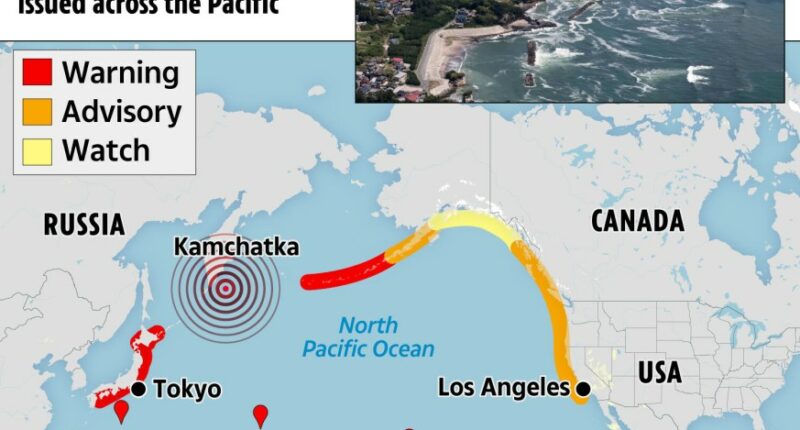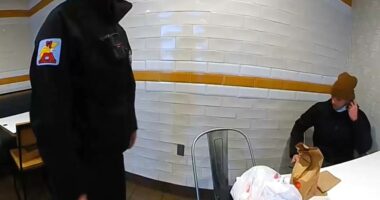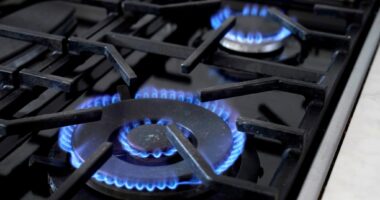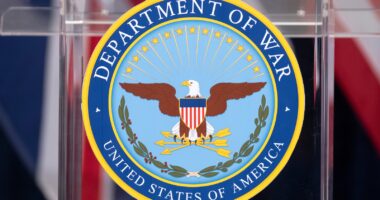Share this @internewscast.com
ONE of the strongest earthquakes on record has struck the Pacific with tsunami waves hitting Japan, Hawaii and Russia.
The magnitude 8.8 earthquake hit off Russia’s far eastern Kamchatka peninsula on Wednesday July 30, the US Geological Survey said.
Where are the tsunami warnings?
The quake is the sixth largest ever recorded and hit a port on the Kamchatka Peninsula in Russia.
The quake epicentre was about 119 kilometres (74 miles) east-southeast of the Russian city of Petropavlovsk-Kamchatsky.
Petropavlovsk-Kamchatsky has a population of 180,000, on the Kamchatka Peninsula.
The earthquake triggered a 4m (13ft) high wave on the southern tip of Kamchatka, with waves inundating low-lying areas and thousands evacuating.
Since then, Hawaii has been bracing for the possibility of 3m (10ft) surges that could strike across the northern islands in the chain.
Tsunami waves measured at 1.2m (4ft) have already hit Hawaii, with video caught by locals showing the water receding moments before.
After the initial earthquake in Russia, warnings have been issued to North and Central America and the South Pacific Islands toward New Zealand.
It is understood that waves have already started to reach the coast of California.
The incident has caused major airlines to pause travel, with holidaymakers left waiting at their respective airports.
What happened?
The quake struck about 84 miles off the coast at around 7.24pm EST (00:30am BST) at a shallow depth of 19.3km (12 miles).
At 8:25 am Japan time, the earthquake had a preliminary magnitude of 8.0, according to US seismologists.
The strength of the quake was then elevated to 8.8 magnitude.
US seismologists said the quake occurred at a depth of 20.7 kilometres (13 miles).
Following the initial earthquake off the southeast coast of Russia, there were multiple aftershocks as strong as 6.9 magnitude.
What is a tsunami?
TSUNAMIS are waves triggered by earthquakes, underwater volcanic eruptions and submarine landslides.
When an earthquake occurs beneath the ocean, it causes the seafloor to rise and fall, which in turn moves water upwards and downwards. This energy quickly translates into waves that move through the sea.
Many people think of tsunamis as one wave – but they are typically multiple waves that hit the shore like a fast-rising tide.
Many tsunamis are small and don’t cause damage, but others can cause massive destruction.
In 2004, an earthquake with a magnitude of 9.1 hit near Indonesia, creating waves that devastated remote villages, ports, and tourist destinations across the Indian Ocean in Southeast and South Asia.
When will tsunami waves hit North America?
Residents in cities including San Francisco and Los Angeles have been told when waves could hit.
San Francisco is set to see waves at around 00:40am local time.
Waves are expected to hit Los Angeles at 1am Wednesday local time but they are expected to be less than one foot high.
Crescent City in Northern California is anticipated to be the US area most at risk, reminiscent of when it suffered severe damage from the massive quake that hit Alaska in 1964.
Crescent City turned on tsunami sirens to warn residents about possible waves.
It said: “You are hearing a Tsunami Siren. We are under a Tsunami Warning. Please stay away from beaches and waterways.
“A predicted wave may arrive at 11:55 PM. We are awaiting further updates regarding any potential evacuation levels,” stated a post from the City Hall Facebook page.
The city has roughly 6,000 residents.



















